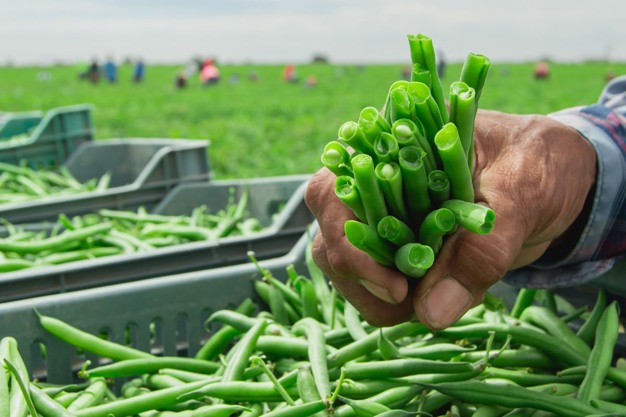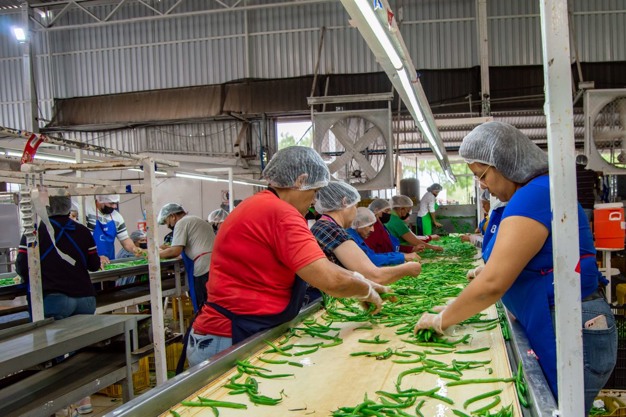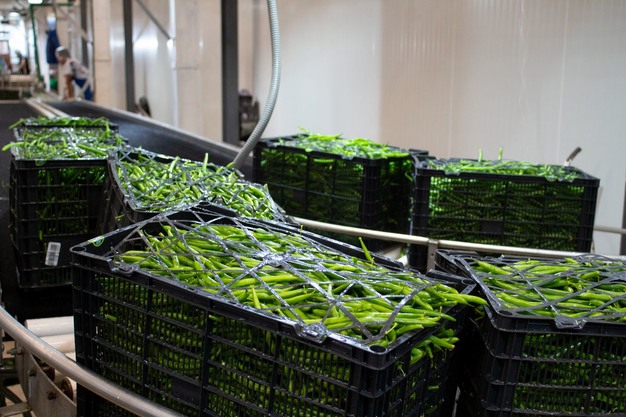The winter vegetable season in Mexico is gradually ramping up. "We offer a variety of produce, including green beans, zucchini (green, yellow, and grey), and bell peppers," says Francisco Sanchez with ASL Produce. "What makes this coming season particularly special is that we'll be offering cucumbers for the first time. In collaboration with local growers, we are positioned to deliver a diverse portfolio of products to our customers." ASL has high hopes for a promising season.

Water shortage causes decrease in acreage
While this sounds optimistic, the previous months haven't been without challenges. Unpredictable weather patterns across the country have resulted in a tough year for agriculture. In the Bajío and central regions, heavy rains – to the extent unseen in years - have flooded fields. In the North on the other hand, a persistent drought has reduced yields by at least 20 percent. Water scarcity in the northwest remains a significant concern. Reservoirs in southern Sonora and northern Sinaloa, both key growing regions, are at just 25 percent capacity. This will once again limit the region's production, adding pressure to already tight markets. One of Mexico's most important agricultural regions is now operating with only 60 percent of its usual water supply for domestic, industrial, and agricultural use. Naturally, low water levels have created widespread uncertainty. "It is resulting in a decrease in the amount of land that can be cultivated. In addition, growers will likely pivot to more resilient crops with solid returns."
"Despite these obstacles, we've leveraged our diverse production zones to maintain enough volume to meet our commitments," Francisco commented. To combat these challenges, growers have been investing in technologies to make every drop of water count. "Advanced irrigation systems and water recirculation are key strategies we're implementing to stay competitive in this new reality."

Thanksgiving is key milestone
At the same time, market impact is inevitable. While it is difficult to forecast with precision, the coming days will bring more clarity as institutions define the water distribution rules for the season. ASL Produce is pushing for a strong start to the winter vegetable season and Thanksgiving will be a key milestone. "We will have an impressive supply of produce in time for the holiday season, which traditionally kicks off the agricultural year for us."
However, overall, the expectation is for supply to be reduced, especially at the start of the season. As a result, November and December are likely to see higher prices, a trend that is anticipated to continue into early 2025 as the market adjusts to these conditions.

 For more information:
For more information:
Manuel Higuera
ASL Produce
Tel: +52 669 100 3095
manuel.higuera@aslproduce.com
www.aslproduce.com
